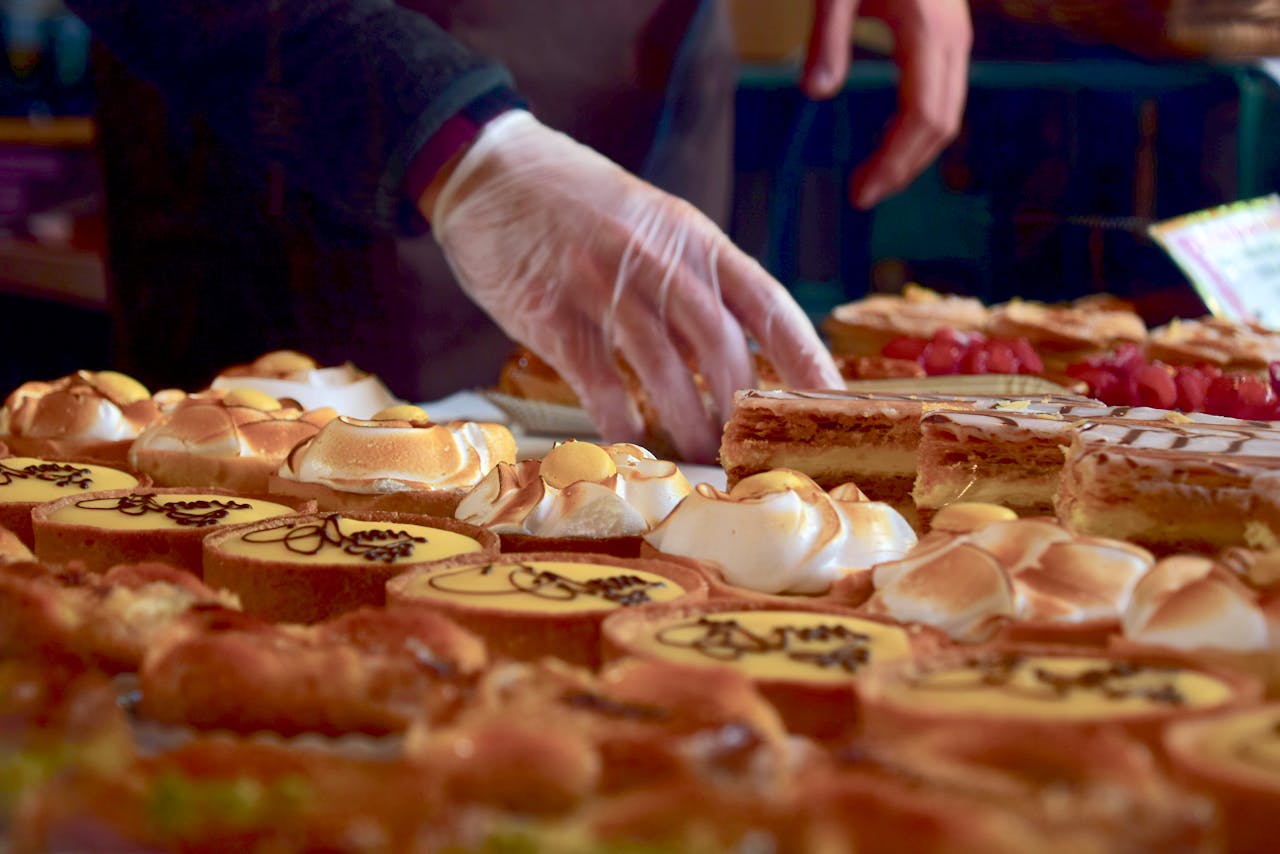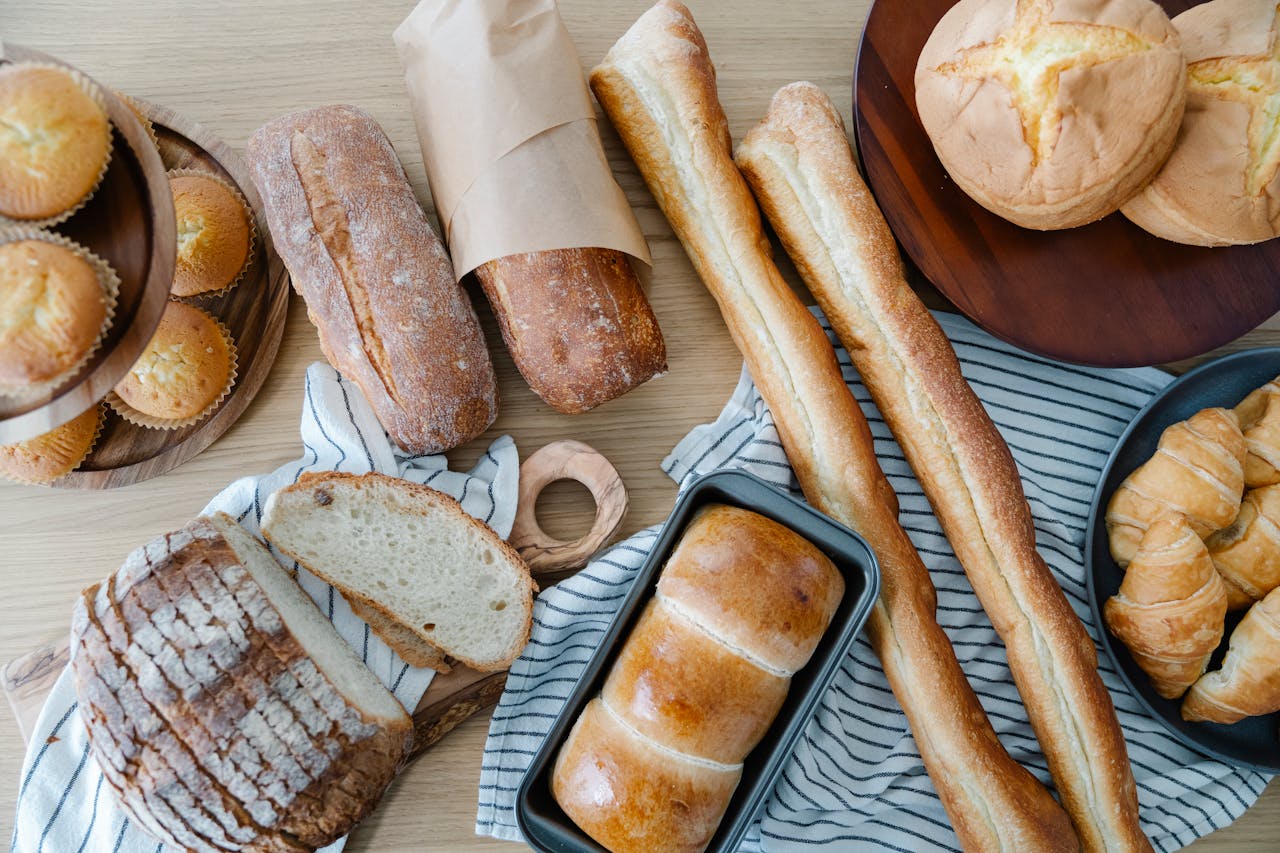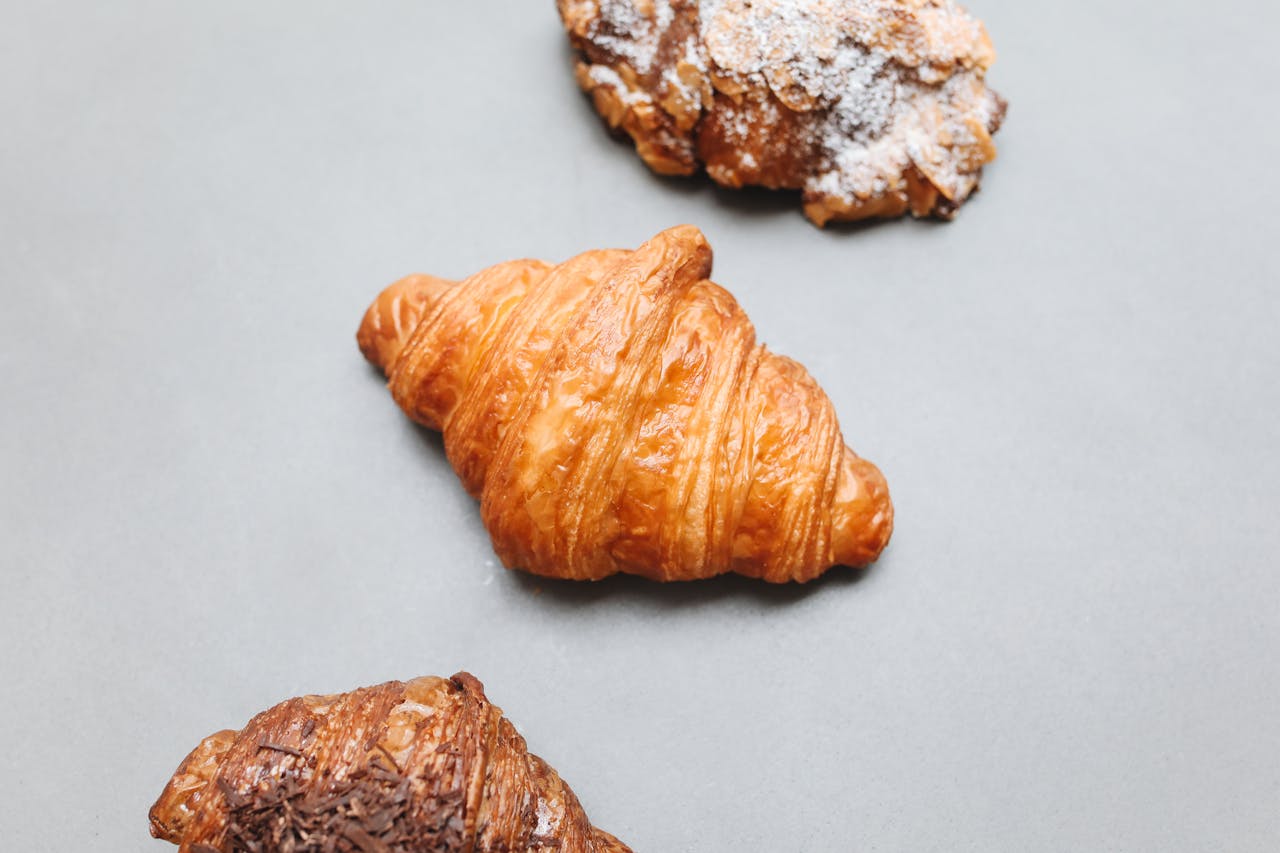Baking is often seen as both an art and a science. It’s a skill that combines creativity, precision, and an understanding of ingredients and techniques. Whether you’re aspiring to bake like a professional or just looking to elevate your home baking game, there are several strategies that can help you achieve perfect results every time. Here’s a breakdown of essential tips and techniques that professional bakers use to ensure their creations are consistently impressive.
1. Understanding Your Ingredients
The foundation of any great baked good is quality ingredients. Professional bakers don’t just choose the best ingredients—they understand their roles in the recipe. Here’s a closer look:
- Flour: The type of flour you use can greatly affect your bake. All-purpose flour works for most things, but cake flour will give your cakes a finer crumb, while bread flour has higher protein, giving breads a chewy texture.
- Butter: The fat in butter creates tenderness in baked goods. Make sure to use unsalted butter to control the amount of salt in your recipe. Always use butter at the right temperature—either room temperature for creaming or cold for flaky pastry.
- Sugar: Sugar not only sweetens but also affects texture. Granulated sugar is standard, but brown sugar adds moisture and flavor due to its molasses content, perfect for cookies and cakes.
- Eggs: Eggs provide structure, moisture, and richness. The size and temperature of eggs can impact your result—room temperature eggs mix more evenly than cold ones.
- Leavening Agents: Baking soda and baking powder help your baked goods rise. It’s crucial to use them in the right proportions to avoid a chemical taste or flat texture.
2. Precision Is Key: Weigh, Don’t Measure
While measuring cups are handy, professional bakers typically weigh their ingredients using a kitchen scale. This is because weights are far more accurate than volume measurements, and small changes can dramatically affect the final product. Weighing ingredients ensures consistency, especially when scaling recipes.
- Tip: Always tare the scale before adding each ingredient to ensure accuracy.
3. The Right Equipment Matters
Pro bakers invest in high-quality equipment, and while you don’t need to break the bank, a few key tools can make all the difference:
- Stand Mixer: A good stand mixer, like a KitchenAid, takes the strain off your arms and ensures even mixing, especially in dense doughs or batters.
- Baking Sheets and Pans: The material of your baking sheet or pan matters. Light-colored pans reflect heat, ensuring even browning, while dark pans absorb heat, creating a more intense crust.
- Pastry Bags and Tips: When decorating cakes, cupcakes, or cookies, using a pastry bag gives you control over the flow of frosting or batter.
4. Mastering Techniques for Texture and Flavor
The way you handle your dough or batter can make a big difference. Here are some pro tips:
- Creaming Butter and Sugar: Creaming is a key step in many cake recipes. It’s the process of beating butter and sugar together until light and fluffy. This creates air pockets that help the cake rise. Be patient and let the mixture turn pale and smooth before adding eggs.
- Don’t Overmix: Overmixing batter, especially when incorporating flour into wet ingredients, can develop gluten, resulting in tough cakes or cookies. Mix just until combined.
- Chill Your Dough: For some recipes, especially when making cookies or pie crust, chilling the dough is essential. It helps the dough firm up, making it easier to work with and leading to a flakier texture.
- Use Room-Temperature Ingredients: Cold ingredients like butter or eggs can cause your batter to seize, resulting in uneven mixing. Let ingredients like butter, eggs, and milk come to room temperature for the smoothest mixes.
5. The Importance of Oven Temperature
Professional bakers know that oven temperatures are not always as they seem. Even if the recipe calls for a specific temperature, it’s always a good idea to use an oven thermometer to ensure accuracy.
- Preheat the Oven: Always allow your oven to fully preheat before placing your baked goods inside. An oven that’s too cold can cause your cakes to rise unevenly or your cookies to spread too much.
- Know Your Oven: Different ovens bake differently. Some have hot spots that can cause uneven baking, while others may bake more quickly. Rotating your pans halfway through the baking time can help ensure even results.
6. Timing is Everything
Baking is an exact science, and timing is critical. While some items, like bread or cookies, may only require a few minutes of variation, other delicate bakes like soufflés or soufflé cakes need precise timing.
- Use a Timer: Set a timer as soon as your baked goods go in the oven to avoid overbaking.
- Don’t Open the Oven Door: Opening the oven door can cause temperature fluctuations, affecting the rise of cakes or breads. Only open the door when necessary to check.
7. Know When to Trust Your Senses
While it’s important to follow the recipe, sometimes relying on your senses is the key to perfecting a bake. When in doubt:
- Visual Cues: Golden-brown edges or a springy top indicate cakes and cookies are done.
- Touch: Gently pressing on a cake or muffin should leave a slight indentation that bounces back.
- Smell: The scent of baked goods is often the best indicator that they are almost done.
8. Finishing Touches: Decorating and Storing
A professional baker knows that presentation is just as important as taste. Here are some tips to elevate your baked goods:
- Smooth, Even Frosting: Use an offset spatula to create smooth, even layers of frosting on cakes or cupcakes. For a professional finish, chill the cake for 15 minutes before adding the final coat of frosting.
- Perfect Piping: Practice piping techniques with various tips to create beautiful designs and borders. Always use a sturdy piping bag and make sure your frosting is the right consistency—not too soft, not too stiff.
- Storage: To keep baked goods fresh, store them in airtight containers. For cakes and cookies, a slice of bread can help keep them moist.
9. Continual Learning: Experiment and Practice
The best bakers are always learning, experimenting, and improving. Don’t be afraid to tweak recipes, experiment with flavors, or try new techniques. Baking is a lifelong journey—there’s always something new to discover.
- Follow Pro Bakers: There are plenty of online resources, including blogs, YouTube channels, and social media accounts of professional bakers. They often share tips, tricks, and behind-the-scenes looks at their process.
- Perfect Your Craft: The more you bake, the better you get. Even professional bakers still make mistakes. What sets them apart is their ability to learn from those mistakes and adjust for better results next time.


